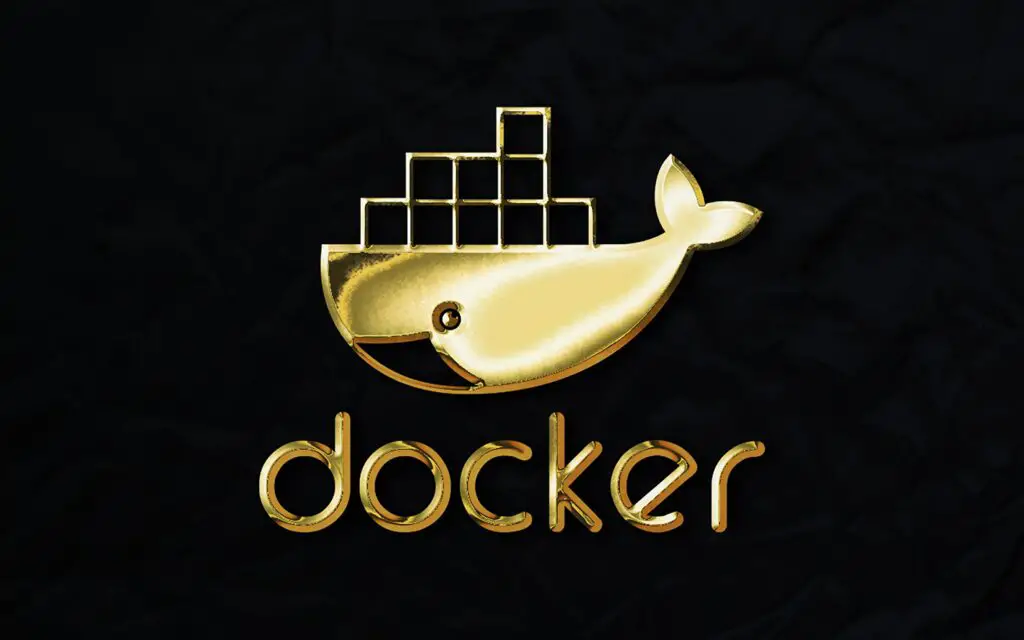Embracing Docker’s Versatility
Diving into the realm of Docker, an innovation that has reshaped the landscape of software development, beckons an exploration into its installation and utilization on Ubuntu 18.04. Docker, a potent containerization platform, orchestrates the seamless encapsulation of applications and their dependencies into containers, fostering portability, scalability, and efficiency within diverse computing environments. Unraveling the intricacies of its installation and operation unveils a gateway to a world where software deployment and management ascend to unprecedented heights of flexibility and agility.

Understanding Docker:
An Overview of Containerization
Containerization, the bedrock upon which Docker stands, revolutionizes software deployment by encapsulating applications and their requisite components within lightweight, self-contained units called containers. These containers harness the potency of isolation, encapsulating software from its environment, thereby ensuring consistency across various systems. Docker’s architecture embodies this principle, leveraging containers to engender an environment where applications can run reliably in any environment, irrespective of disparities in infrastructure.
Preparing Your Ubuntu 18.04 System
Before immersing into the Docker ecosystem, it is crucial to prepare your Ubuntu 18.04 system. First and foremost, ensure that your system’s package index and software repositories are up-to-date. Leveraging the apt package manager, execute the commands sudo apt update and sudo apt upgrade. These commands synchronize your local package index with the latest versions available and upgrade existing packages to their most recent iterations. Subsequently, install essential dependencies requisite for Docker’s installation, such as apt-transport-https, ca-certificates, curl, software-properties-common, and gnupg-agent.
Docker Installation:
Embracing the Containerization Odyssey
The journey into Docker’s realm commences with its installation. Begin by adding the Docker repository’s GPG key to ensure the authenticity of downloaded Docker packages. Execute the command curl -fsSL https://download.docker.com/linux/ubuntu/gpg | sudo apt-key add - to import the key. Next, add the Docker repository to your system’s apt sources by running sudo add-apt-repository "deb [arch=amd64] https://download.docker.com/linux/ubuntu $(lsb_release -cs) stable". Once the repository is added, refresh the package index using sudo apt update and ensure you are installing Docker from the repository by confirming the available versions with apt-cache policy docker-ce. Finally, install Docker by executing sudo apt install docker-ce.
Enabling Docker Commands:
Granting User Access
Post-installation, grant non-root users the ability to execute Docker commands without requiring superuser privileges. Add your user to the docker group with the command sudo usermod -aG docker ${USER}. After this modification, log out of the system and log back in to effectuate the group membership changes. Subsequently, verify whether the user has been successfully added to the docker group by executing docker run hello-world without sudo. A successful execution without elevated privileges indicates the user’s seamless integration into Docker’s command execution realm.
Docker Usage:
Initiating the Container Odyssey
With Docker installed and user access configured, embark on the voyage of containerization by initiating your maiden container. Employ the command docker run hello-world to fetch the hello-world container image from Docker Hub and execute it within a container. This initiation serves as a testament to Docker’s functionality, signifying a successful installation and setup. Beyond this introductory container, delve into Docker’s expansive repository of container images, leveraging commands such as docker pull to fetch specific images and docker run to instantiate containers from these images.